User Profile
Our students come in wanting to understand cities, design, and technology. They want to improve the built environment for the public. Rather than training them in specific skills related to a discipline, we needed to teach them the domain of urbanism while also training them on the design and technology skills needed to make change,
While the details of the program was still in the midst of being defined, the context that the students would graduate into was relatively clear, Students were expected to graduate into 1) the technology sector, 2) design agencies, or 3) non-profits and institutions related to improving the urban environment, These organizations had varying processes and cultures, but the design skills are relatively transferable.
At the same time, research is a broad activity. While we can recognize that specific roles are tied to specific responsibilities, all of them engage in research in some form as part of their job. With such a fluid definition of research, there needed to be mental anchors for what research means in a research-specific urban technology studio. To bound the design space, I suggested that we develop each studio around a particular primary role / protagonist.
Requirement 5
The studio shall not teach design research methods related to:
- interaction design,
- service design,
- foresight.
The faculty director also asked for ethnography to not be a method since it would be an elective.













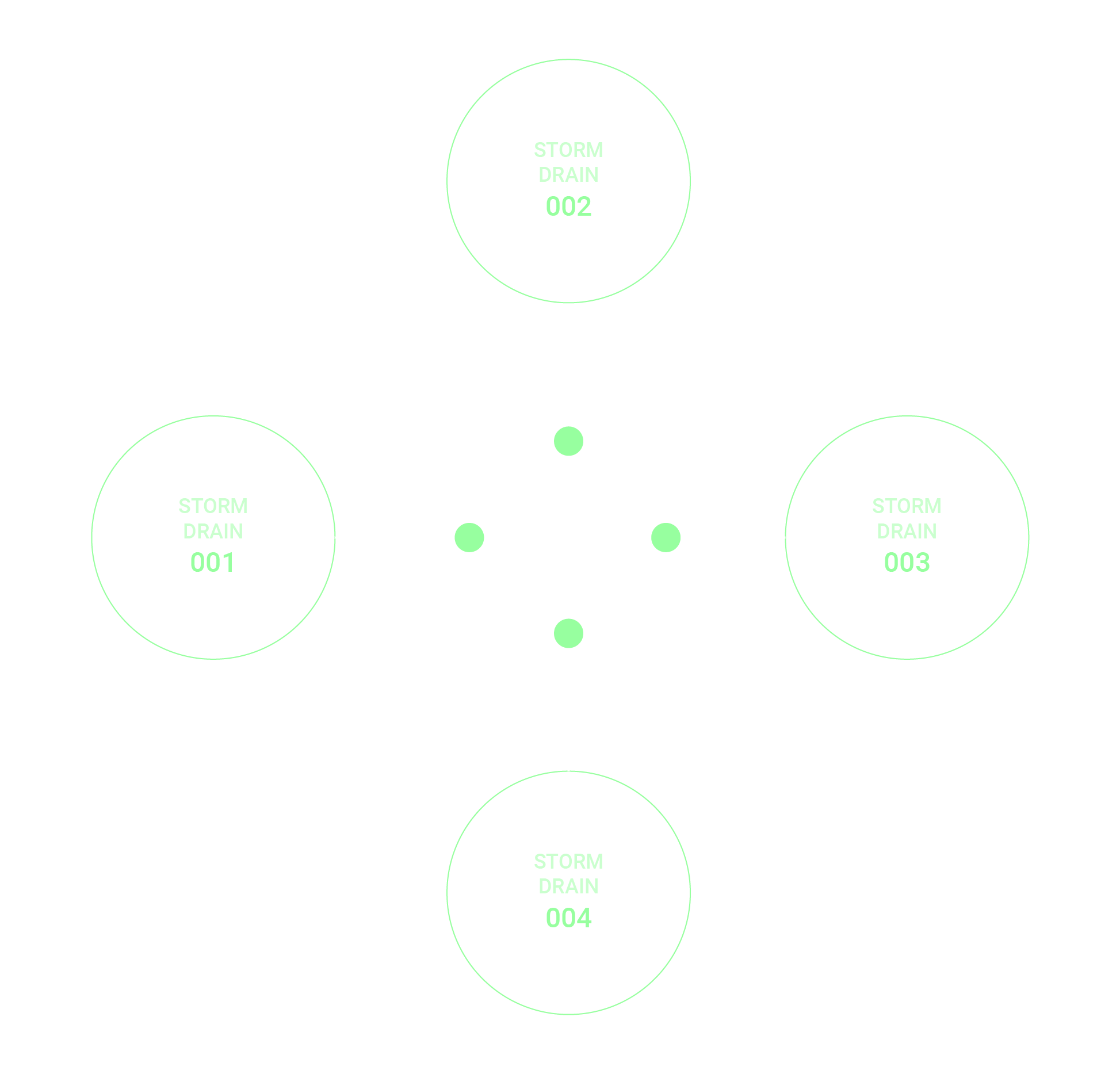
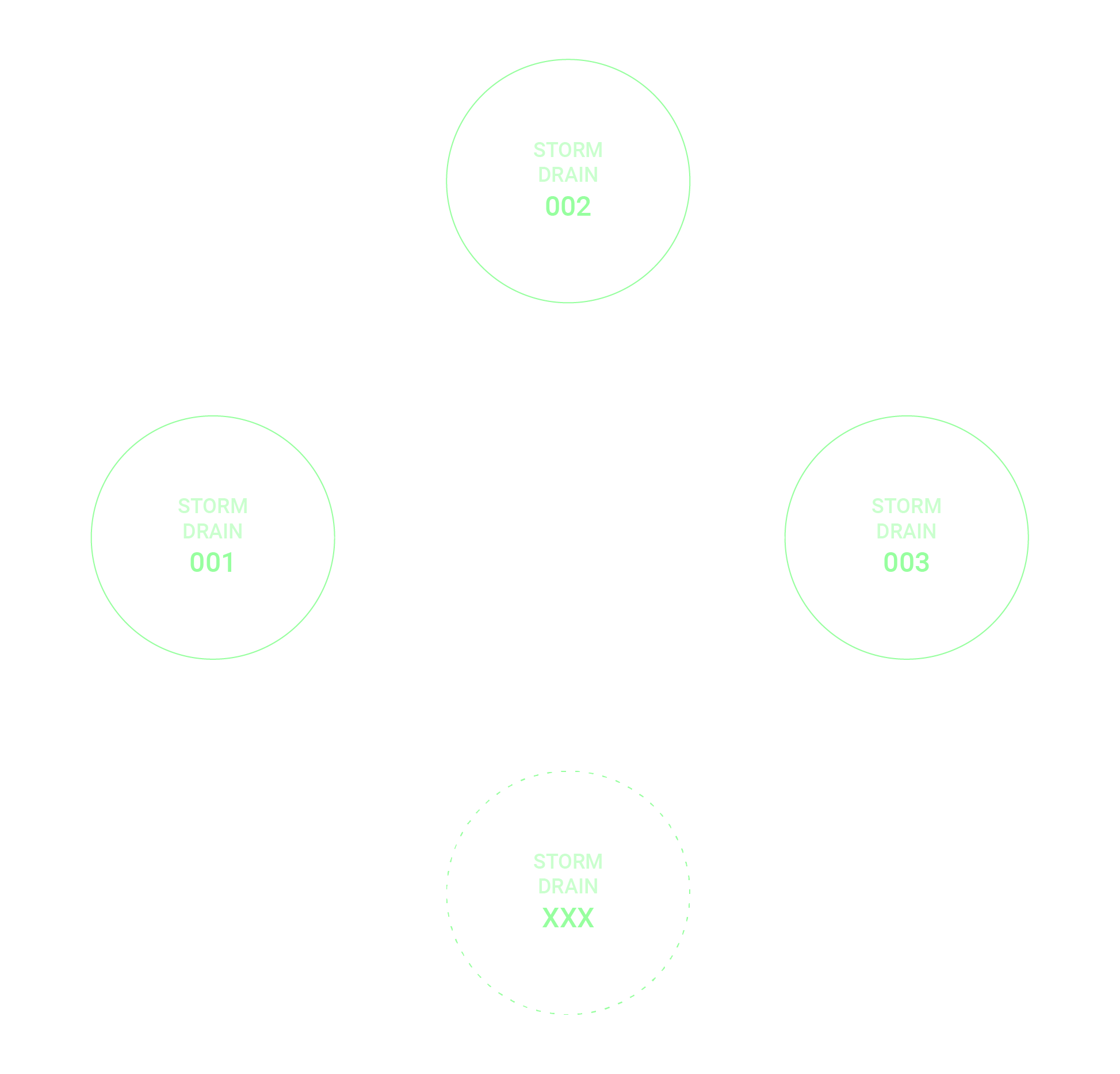
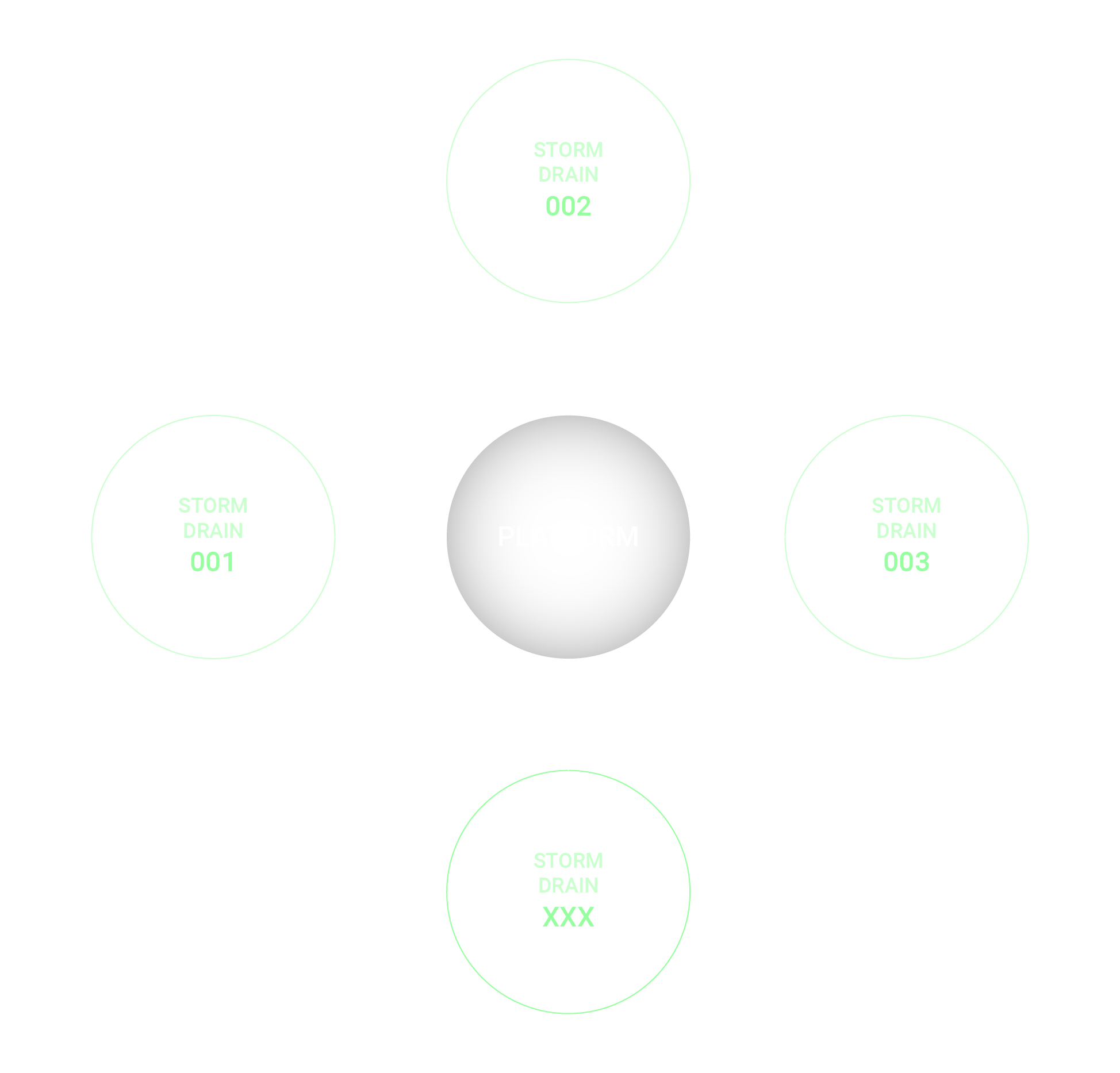



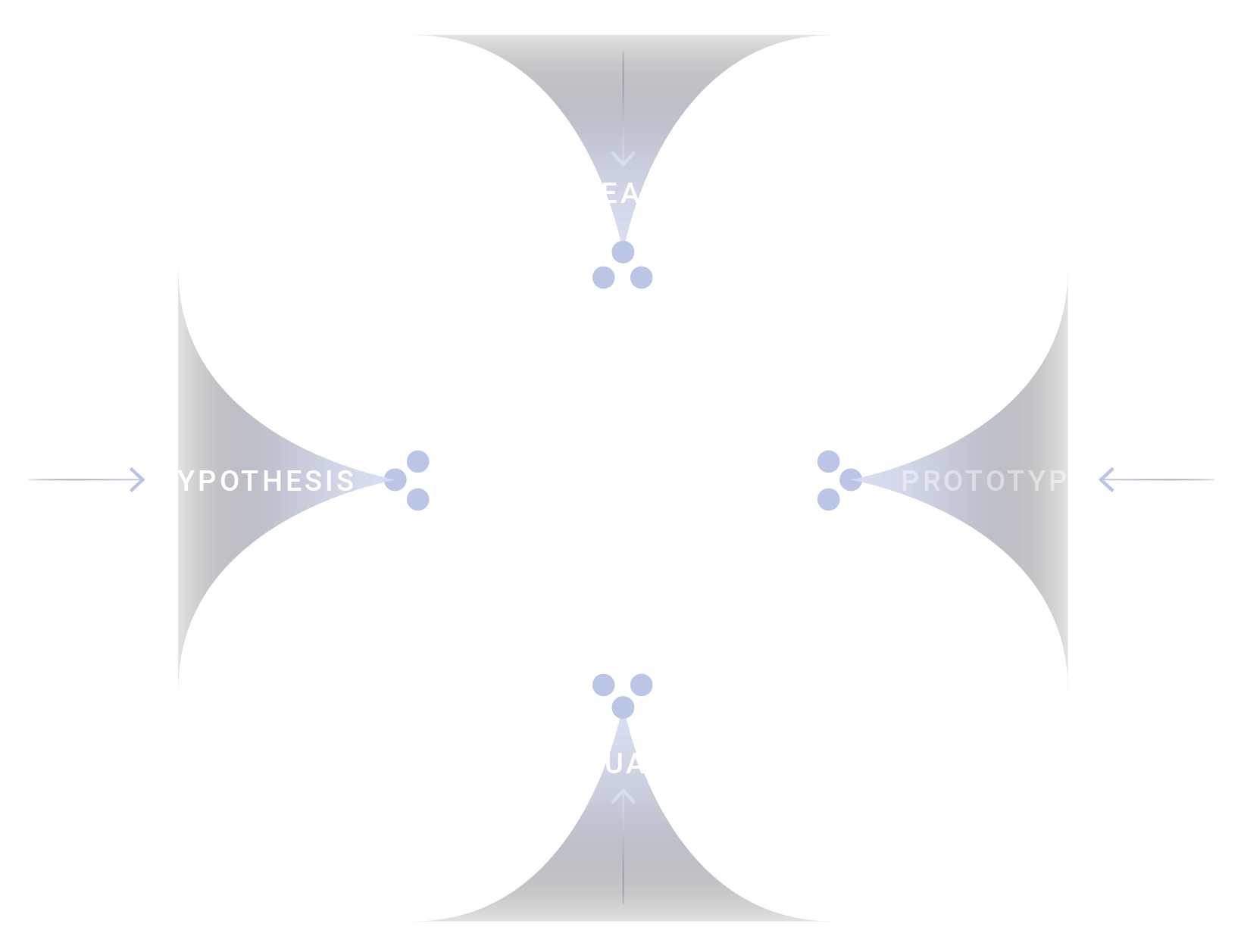

vowelsdevin_LATE_645232_30734640_StreetPlanter_Presentation.pdf)


